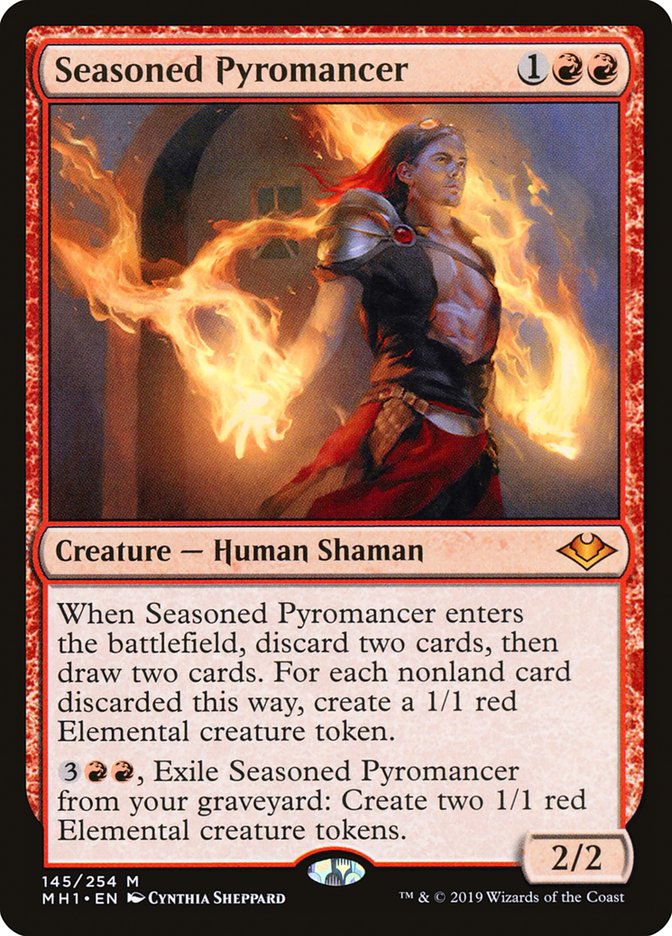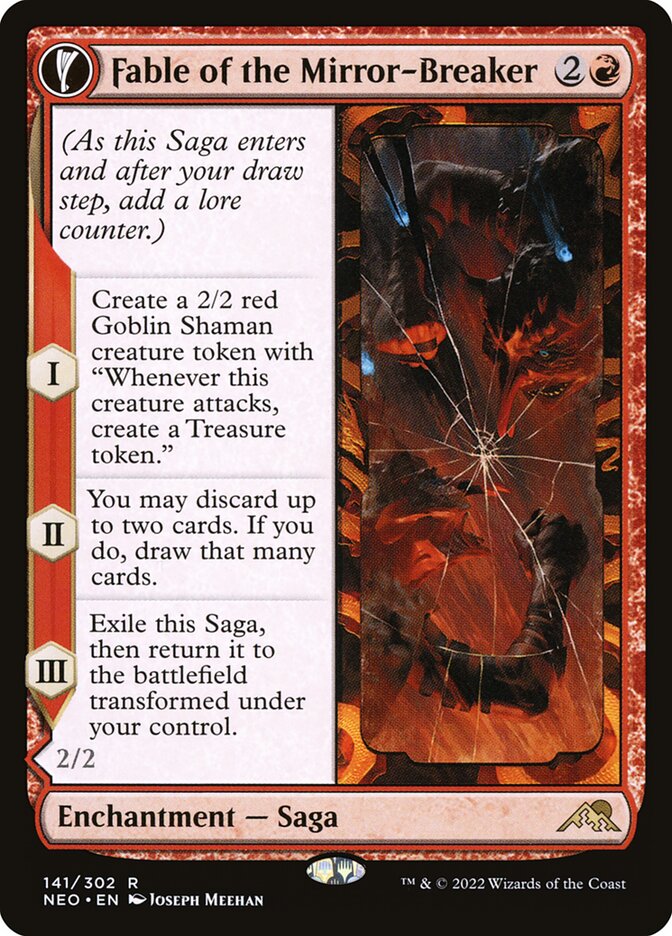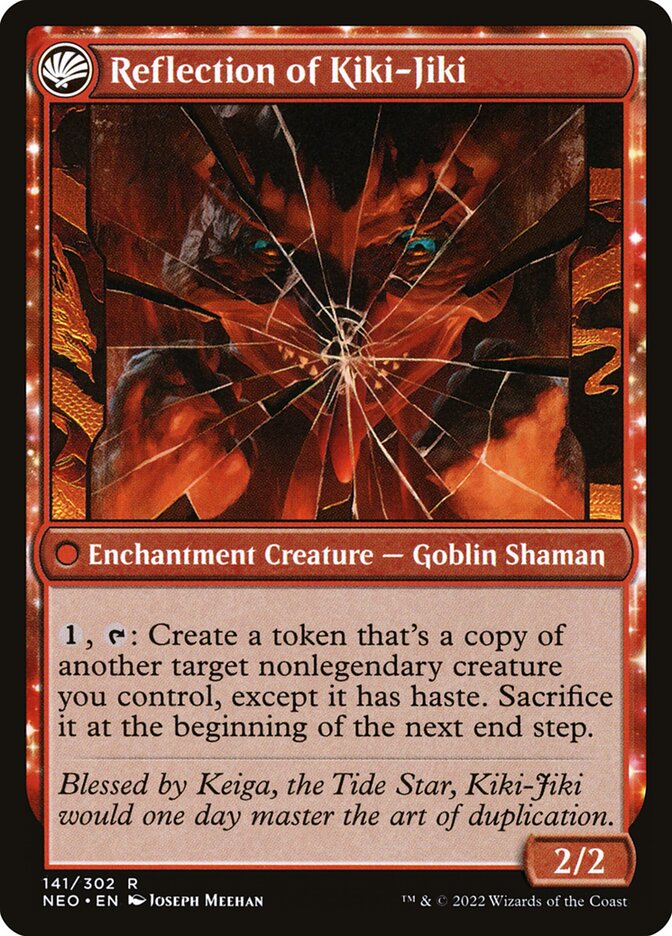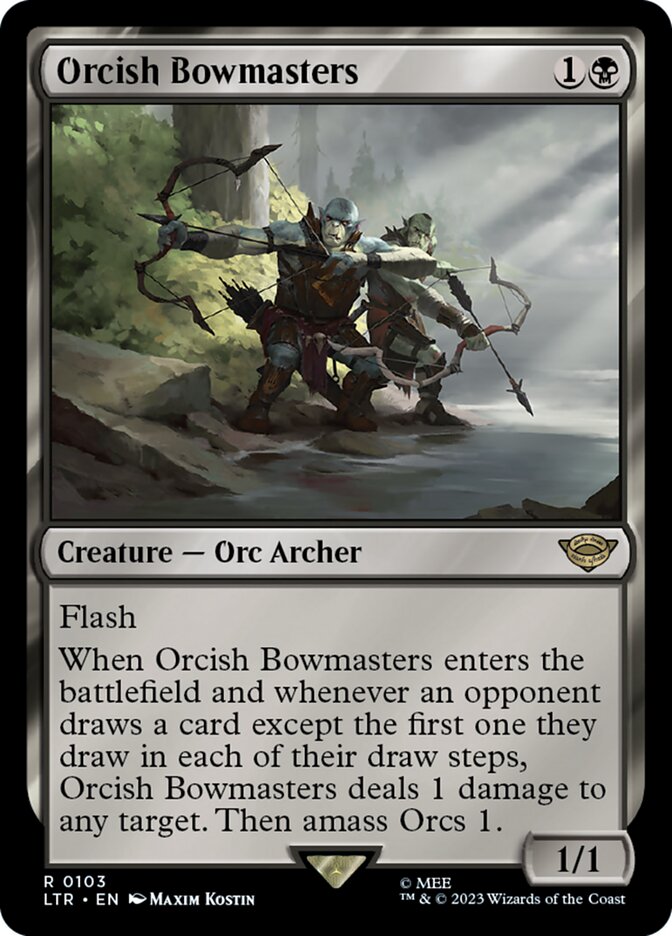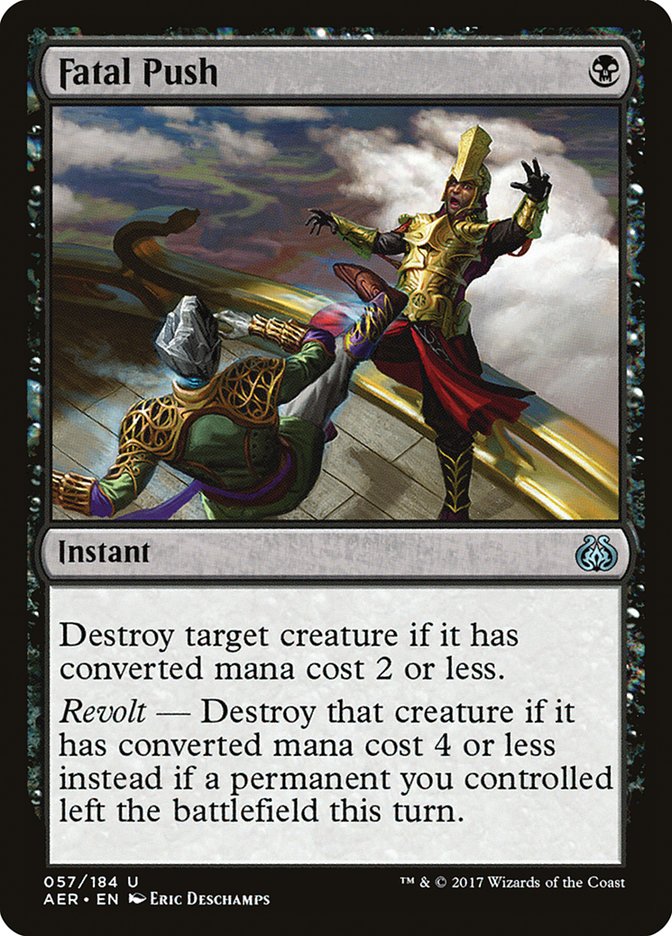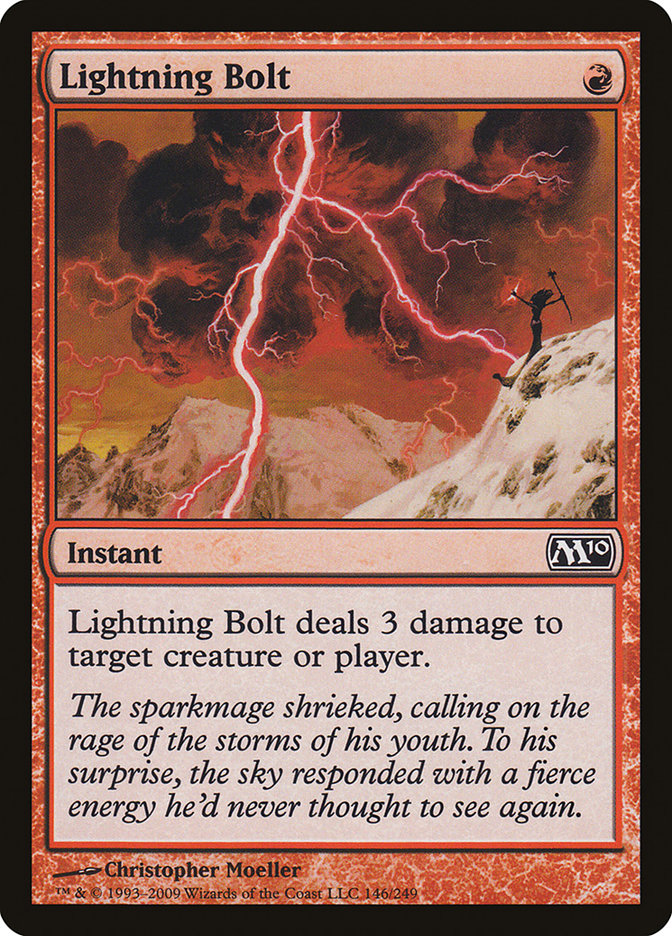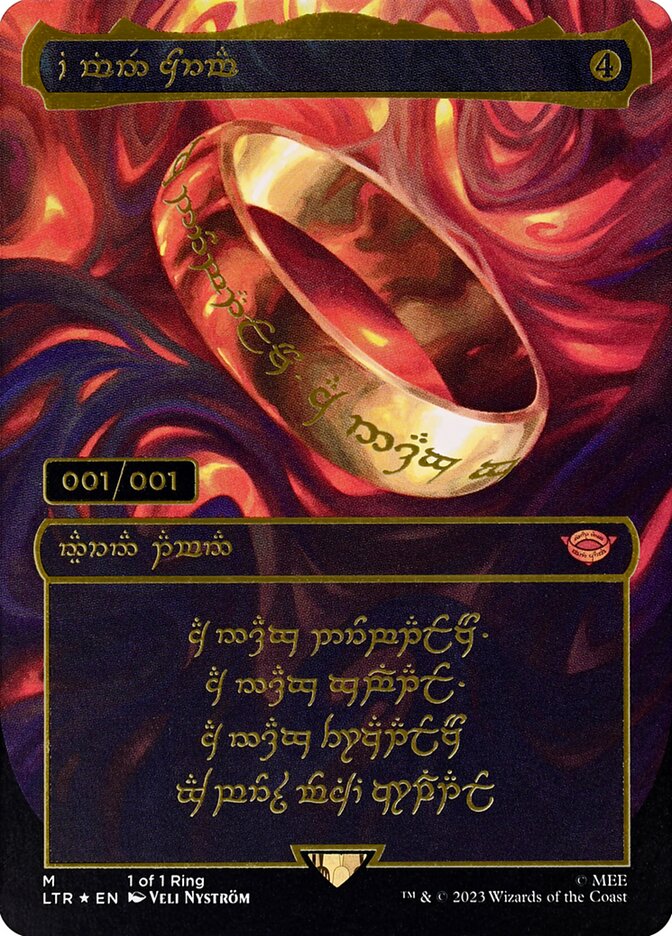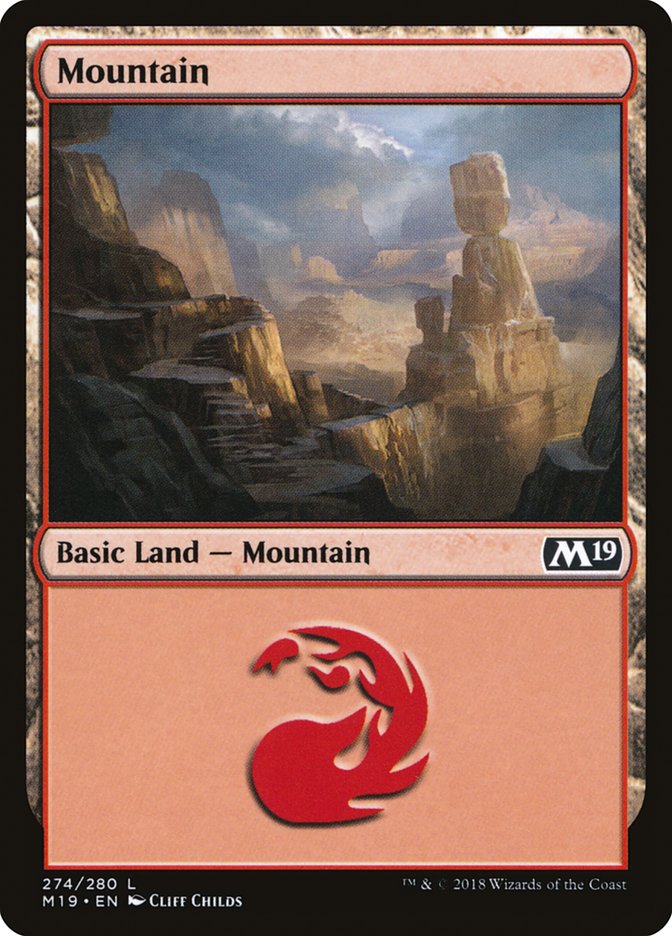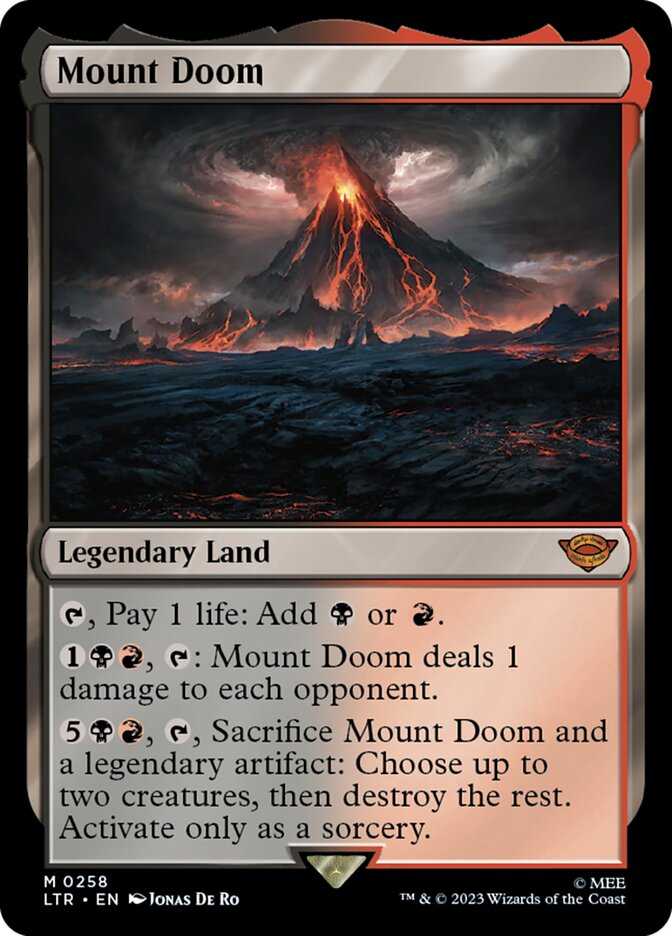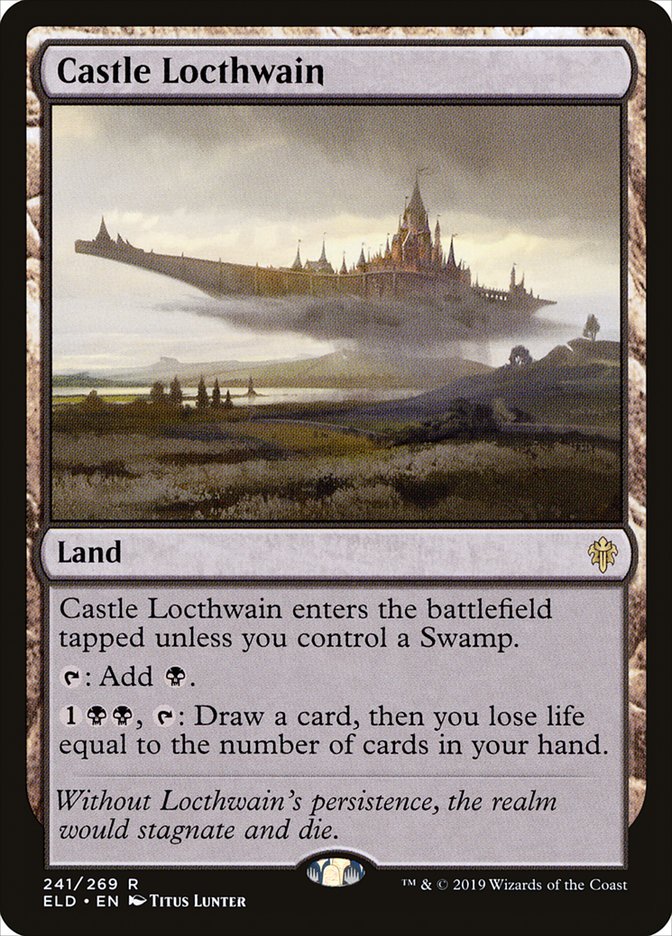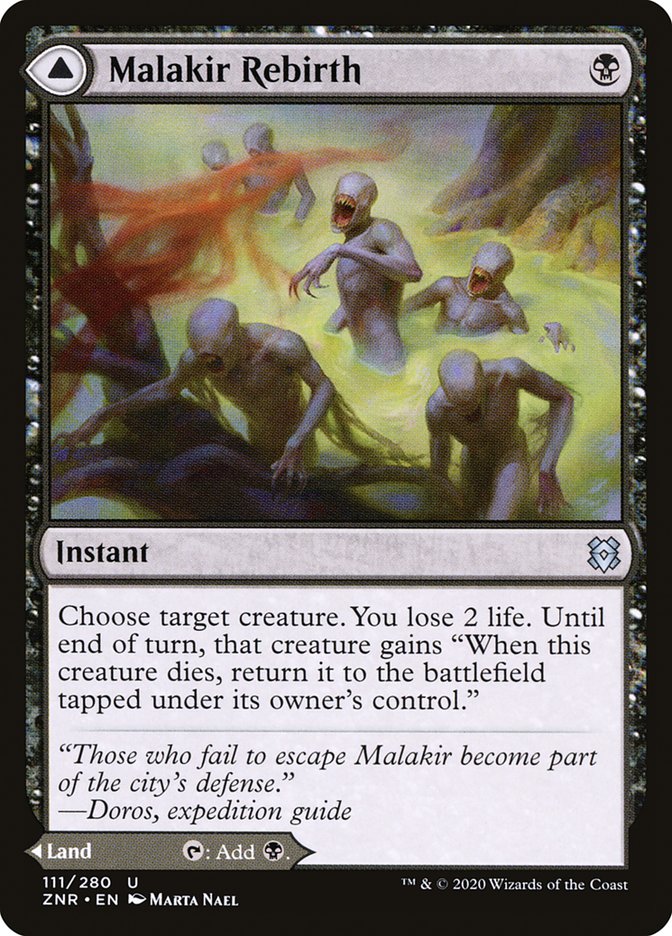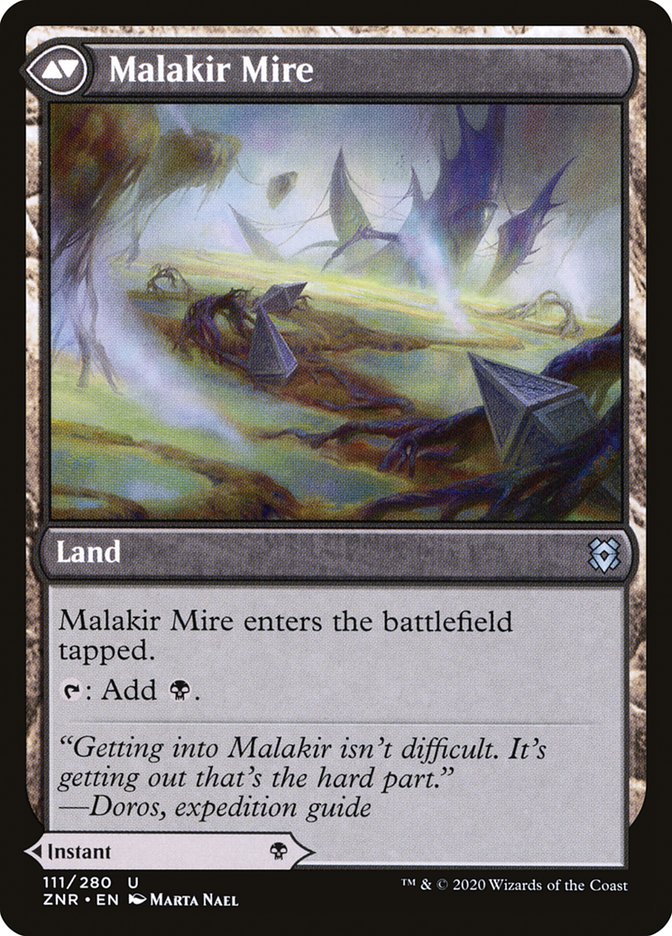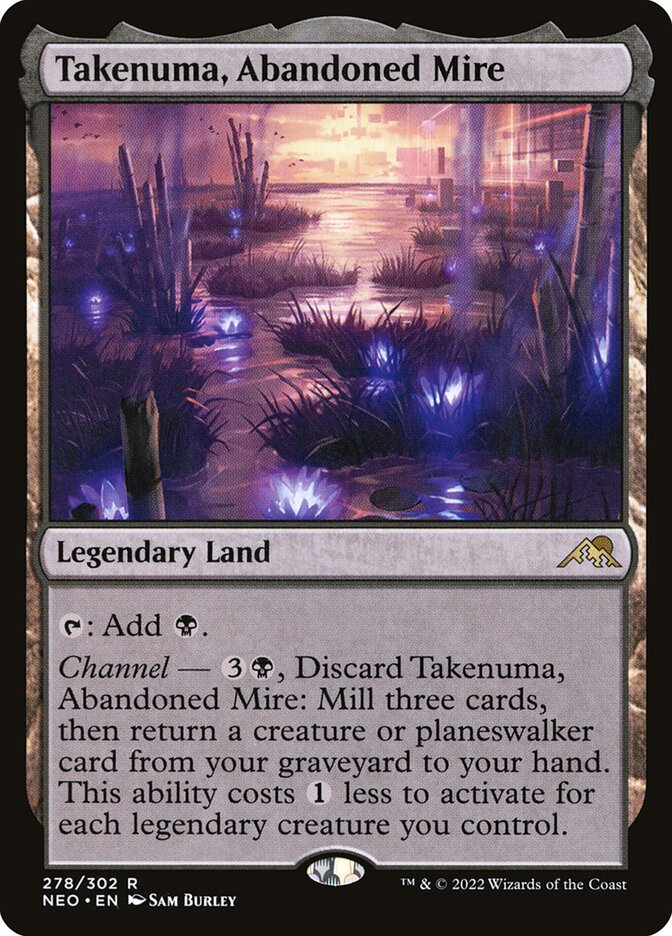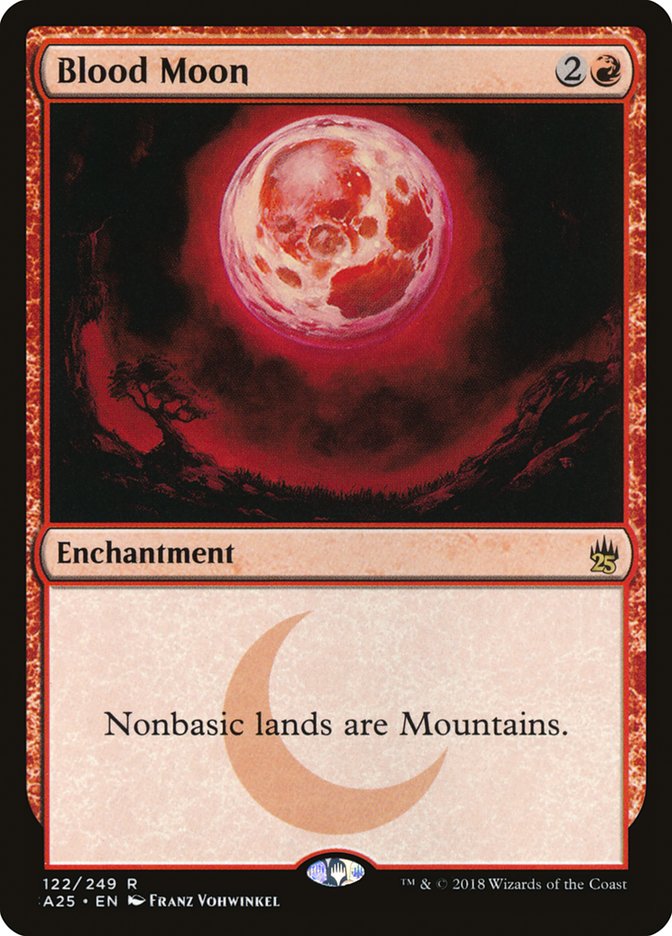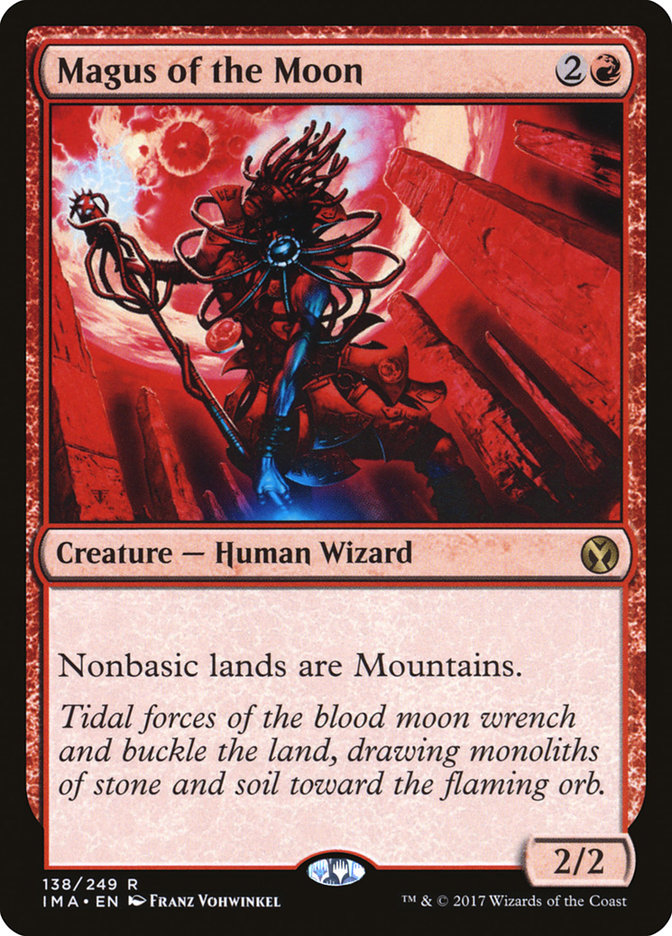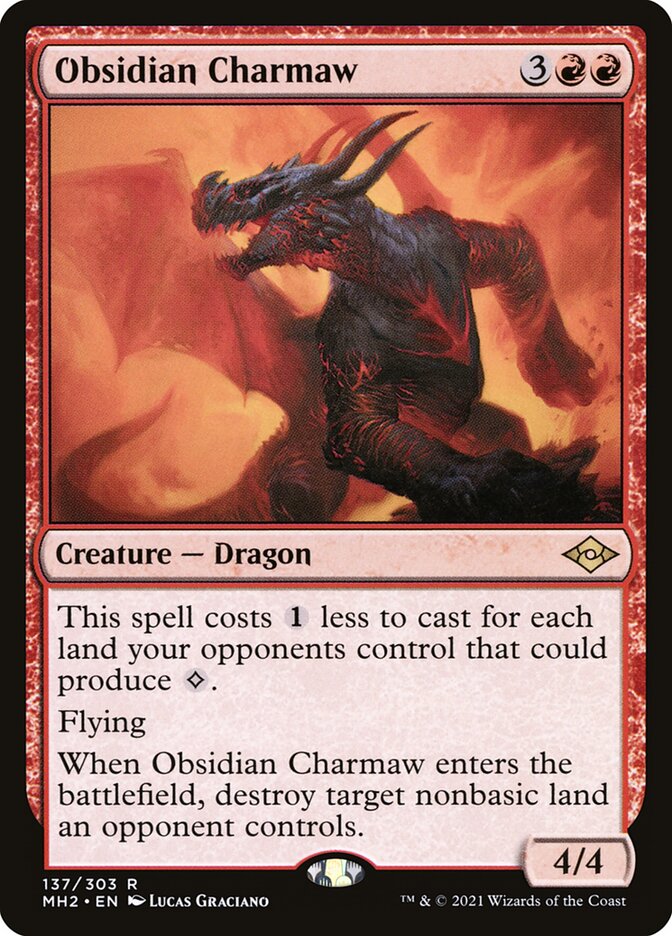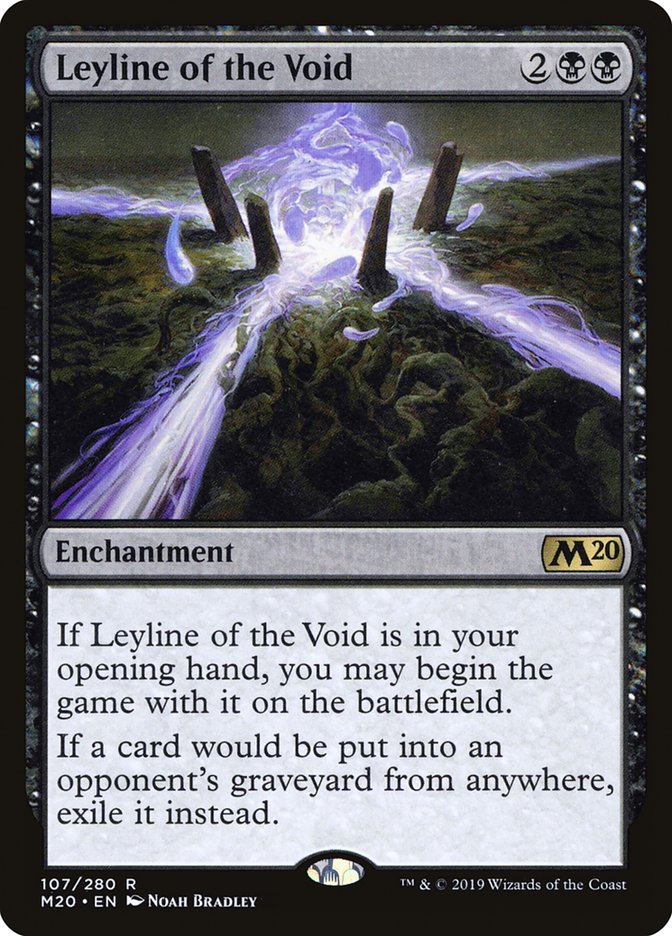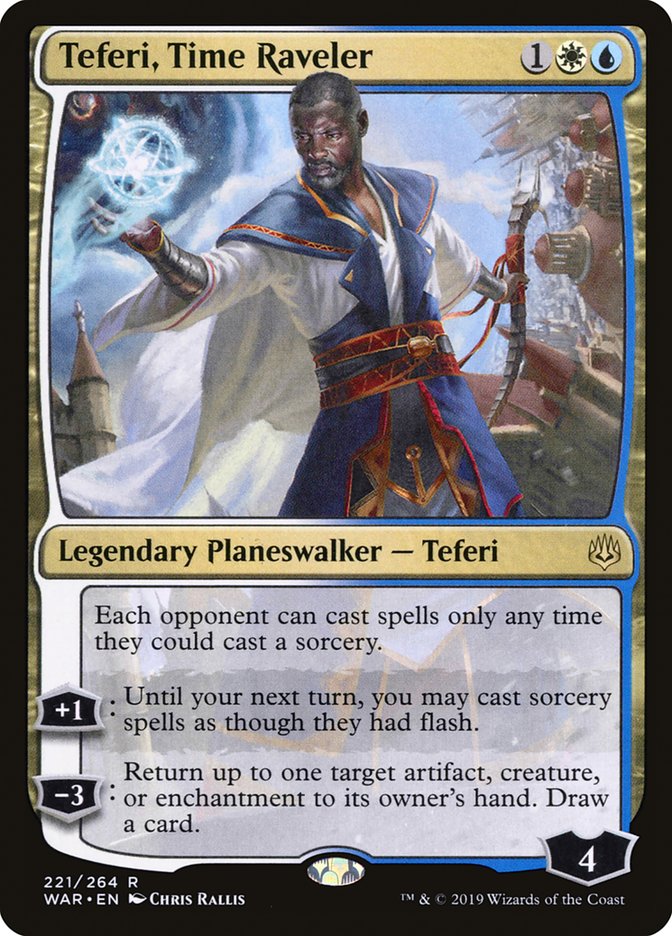Modern Rakdos Evoke Guide
Intro
Last week, I published an article on Rhinos, where I detailed the advantages and disadvantages of various strategies played at the PT. The feedback was very encouraging, emphasizing the value of this in-depth style of writing. Having played a fair bit of Rakdos Evoke since LoTR, I felt I could provide a similar perspective on this deck as well.
Card Choices: A Bit of Debate
Seasoned Pyromancer vs. Fable of the Mirror Breaker
With evoke cards and a low curve, the Rakdos archetype often empties its hand rapidly. Naturally, this makes Seasoned Pyromancer a potent choice; it's frequently a 2/2 body paired with a divination ability. If not drawing two full cards, it cycles unneeded Feign Death and provides board presence. This card was an undeniable staple until Orcish Bowmasters came into the picture. The non-optional draw from Seasoned Pyromancer is a problem when a Bowmasters is in play, and it's risky to cast when black decks have mana at the ready.
This interaction gives serious reasons to consider Fable of the Mirror Breaker over Seasoned Pyromancer as Fable’s second ability is a may. You can choose at the very last moment if you want to cycle cards so if your opponent doesn’t fire bowmaster, you can cycle and if they do, you don’t.
While Pyromancer is powerful in Rakdos, Fable is a powerhouse too. Kiki-Jiki is outstanding with Evoke cards, Dauthi and Orcish Bowmaster. The Goblin Shaman’s treasures are useful for hardcasting evoke creatures or ensuring a consistent curve with Feign Death available at all times. Situational cards performs best when you have time to find the right window and Fable lets you wait for this moment while Pyromancer needs to have two cards to discard.
The double red mana requirement for Pyromancer can also be problematic. With Ravlands and fetches, the challenge is not to be able to cast a spell but to start the game with a full 20 life. When Thoughtseize adds up with fetches and shocklands, you can find yourself in situations where you dealt 5 or more damages to yourself, which seriously reduces your options in board centric match-ups. Also, considering Blood Moon is often present in Rakdos maindeck or sideboards, not being able to fetch a second swamp by turn 3 can be a costly hindrance. All things considered, Fable provides more consistency, but it doesn't pack the same punch as Pyromancer.
All things considered, Fable provides more consistency, but it doesn't pack the same punch as Pyromancer.
Finding a solution
A potential solution is a combination of both. The core issue with Seasoned Pyromancer versus Orcish Bowmasters is the inability to play the card at all. And not having a card to play can result in losing the game. If you play Pyromancers and encounter a Bowmaster deck, the deadly interaction won't occur in every game. Therefore, if you combine your Pyromancers with Fables, this scenario will happen even less frequently.
I’d like to add another perspective to this question. Why choose between fromage and dessert when you can enjoy both? A 3-3 or 4-2 split might be ideal. One question that arises is what to cut then but this still prompts the debate: which card takes precedence? Do you 4-2 fables or 4-2 seasonned pyromancers?
It boils down to anticipating the number of Orcish Bowmasters matchups.
I posit that the decision is largely influenced by the current metagame. While Seasoned Pyromancer integrates naturally within this deck, Fable offers a superior defense against Bowmasters. Therefore, it boils down to anticipating the number of Orcish Bowmasters matchups. At the time of writing, Rakdos Evoke clinched a victory at the PT, even while in the spotlight. Subsequent MTGO performances confirm its dominance, showcasing its resilience against adept metagame exploiters. Given this status, I'd lean towards a complete set of Fable before introducing Seasoned Pyromancer.
Fatal Push vs. Lightning Bolt
Fatal Push is better as a removal than Lightning Bolt, but Lightning Bolt can go to the face. Dealing with threats like Omnath, Yaugmoth, Sheoldred, and Rhino tokens swiftly and not leaving them unchecked can often spell the difference between victory and defeat. This made Fatal Push the popular choice before LoTR. Then, The One Ring came out.
With less life, a player has fewer turns to activate The One Ring in search of another to reset the burden count
The burdens from The One Ring are heavy to carry, and pressuring the opponent's life total is an effective way to challenge its power. With less life, a player has fewer turns to activate The One Ring in search of another to reset the burden count. Lightning Bolt shines in this context, and it's primarily why some prefer it over Fatal Push. This was my initial position before PT Barcelona and the unbanning of Preordain, but on further analysis, the situation is more nuanced.
Currently, the predominant decks utilizing The One Ring are Green Tron, UB Control, and Omnath Control. Both UB and Omnath aim to manage burden counters with Omnath and Sheoldred. These are cards that Lightning Bolt doesn’t deal with, while Fatal Push does excellently. Therefore, being able to destroy the lifegain creature is a way to virtually challenge the opponent’s life total, making you able to have both the great removal and pressuring life total as Lightning Bolt did. Of course, it doesn’t pressure life total as well as a Lightning Bolt when the opponent is at 3, but Bolt doesn’t do as well as Fatal Push against Sheoldred.
In conclusion, and given that UB and Omnath decks are currently more prevalent than Green Tron, I lean towards Fatal Push in order to fight against The One Ring. For most other matchups, Fatal Push is much better than Lightning Bolt anyway.
Utility Lands
#1 Mountain
Before diving into the utility lands, we must question the Mountain debate because it answers all the red utility lands at once.
Running basics is often a blood moon consideration but we have the luxury that Blood Moon’ed lands are mountain so we don’t have this issue. The question is more about basic land searching effects, such as Path To Exile (to help us hardcast Fury for example). Similarly, Field of Ruin can disrupt our red mana source. In such scenarios, having a Mountain in the deck can be a boon, especially when casting RR spells like Seasoned Pyromancer. This allows us to conserve life points by not fetching a shock land. But if our strategy leans towards cards like Fable instead of Pyromancer, the choice becomes more straightforward.
While having a Mountain in the deck offers flexibility, drawing it can sometimes be problematic. The Rakdos archetype often operates efficiently with a single land in hand, leveraging Evoke mechanics to clinch victories with minimal support. With key BB cards like Dauthi Voidwalker in the mix, and spells like Feign Death that might require consecutive black mana, drawing a Mountain can be less than ideal. Moreover, encountering Field of Ruin is relatively rare, with its primary appearance in Mono-Black Coffers decks.
If we acknowledge the potential drawbacks of a land that solely produces red mana, it provides clarity on the utility of red lands like Sokenzan and Den of Bugbear. Their abilities could be great but we just can’t afford having a land that doesn’t produce black mana.
#2 Mount Doom
Modern is very board centric right now and games are often decided for one life point. Mount Doom’s ability to ping can be deciding but the card doesn’t offer mana without taking damages. The very life points Mount Doom’s hoping to shave off could also be the ones it is sacrificing.
I’d rather stay away from Mount Doom.
#3 Castle Locthwain
As previously mentioned, in our Rakdos strategy, we often keep hands with just one land. If that land happens to be Castle, it's almost an automatic mulligan. This reason alone could be enough to reconsider including this utility land in our deck. But there's more to it.
We also run non-swamp lands in our deck, and curving out efficiently is crucial. A starting hand with Blackcleave Cliffs and Castle presents a high likelihood of mulliganing, which further convinces me to be wary of Castle. While its card drawing ability is tempting, especially in games where Rakdos is trading resources heavily with the opponent, the current Modern environment demands dynamism. We can't afford missteps in our mana curve.
In a format where individual card power is immense, it's not just about having powerful cards. Consistency is key. The ability to play spells on curve, turn after turn, can make or break a game. Missing out on this can be catastrophic.
#4 Malakir Rebirth
Rakdos decks in Modern often grapple with the challenge of consistently playing cards that cost 4 mana or more. While this isn't a concern for our evoke creatures, given the flexibility to pitch them when casting isn't feasible, it does restrict our sideboard choices. Malakir Rebirth emerged as a potential solution, offering a dual utility as both a feign death effect and a land. This tech was explored by numerous players leading up to PT Barcelona, aiming to strike a balance between explosive plays and deck stability.
However, Malakir Rebirth comes with its own set of challenges. The 2 life cost, when combined with fetch lands, shock lands, and Thoughtseize, can strain our life total. We're already self-inflicting a significant amount of damage, and adding Malakir Rebirth to the mix might be overextending. While sacrificing some life for greater power can be a valid strategy, the real deal-breaker is the loss of the +1/+1 counter.
When we commit to turn 1 evoke plays, we're investing heavily in that strategy. The pressure applied by a beefed-up Grief or Fury is crucial, especially when our subsequent plays might be limited. The difference between a 5-turn clock with Grief and a 7-turn one is substantial. Similarly, a 4/4 Fury, immune to Lightning Bolt, can be game-changing.
I will stick with the tried-and-true Feign Death.
#5 Takenuma, Abandoned Mire
Like we said, lands that produce untapped black mana are great in Rakdos and Takenuma falls down in that case. Its ability is somewhat relevant but it’s mostly a swamp. Everything comes at a cost and the trade-off here is to have one less black source when under Blood Moon. It is fine and that is something you can manage.
Takenuma works very well with Kroxa and Evoke Creatures. The problem that this card faces in most archetypes / formats is that paying 4 mana is already investing a lot and casting the card afterwards can be slow. However, in Rakdos you can actually get back a pitch card and cast it for free.
I would include Takenuma in most Rakdos lists and in most metagames.
Moon effects
Rakdos decks, known for their aggressive trading with opponents, often limit the window for fetching basics. With looting effects and Fury at our disposal, we can easily discard moon cards when they're not optimal. This leads to the conclusion that we definitely want some form of moon effects in our 75-card deck. The real question is: which ones, and how should they be distributed between the main deck and sideboard?
The debate over the right moon card—Magus of the Moon versus Blood Moon—is not unique to Rakdos; it's also relevant for Rhinos, as I've discussed . Magus, being a creature, is susceptible to removals like Tron's Dismember and Creativity's Lightning Bolts. On the other hand, Blood Moon faces challenges from cards like Boseiju. While the creature aspect of Magus adds value in a deck like Rhinos, Rakdos can establish board presence by turn 3, negating the need for the moon effect to exert pressure. Given this, and considering the resilience of the enchantment in matchups like Solitude and Creativity, Blood Moon seems to be the more robust choice for Rakdos over Magus.
Obsidian Charmaw, though not a traditional moon card, vies for the same slot. While it's hard to justify its inclusion in the main deck, its potential in the sideboard remains a topic of debate. Primarily a Tron-centric card, its utility is limited in other matchups. Given the rise of Preordain and the subsequent stagnation of Tron's popularity, Charmaw's inclusion seems less compelling at the moment.
The distribution of moon effects between the main deck and sideboard is the final consideration. While main deck Blood Moons can be potent in certain matchups, they can be dead draws in others, making them more suited for the sideboard. The open decklist component of PT Barcelona added a layer of strategy, as even a single Blood Moon could throw off opponents. However, in closed decklist scenarios, this advantage is lost. Hence, it seems prudent to allocate all Blood Moons to the sideboard in such cases.
Leyline of the Void
Rakdos Evoke has firmly established itself as a dominant force in the meta, consistently ranking among the top-performing archetypes. Given its prevalence, it's essential to have a strategy for mirror matches.
Rakdos Evoke has firmly established itself as a dominant force in the meta.
Like most decks, Rakdos Evoke is vulnerable to early game threats: turn 1 evoke creatures, swift Ragavan / Dauthi curves, and later in the game, hard-casted evoke creatures. Enter Leyline of the Void. This enchantment effectively shuts down the opponent's ability to retrieve creatures with Feign Death, neutralizing turn 1 evoke plays. Moreover, Rakdos decks typically lack enchantment removal, ensuring that once Leyline is on the battlefield, it's going to stay there. This not only offers early game protection but also undermines the value of the opponent's Feign Death cards in the long run.
It has its limitations
However, Leyline has its limitations. It doesn't interact with threats like Ragavans, Dauthis, or hard-casted evoke creatures. Relying solely on Leyline as a sideboard option for mirror matches can be a gamble. Given the unpredictability of the curves, it's risky to dedicate the primary sideboard slot for the mirror to a card that might not always deliver. Additionally, with Dauthi Voidwalker pushing graveyard-centric decks out of favor, the versatility of Leyline in other matchups is limited.
A more consistent approach for the mirror might be to focus on removals. Cards like Lightning Bolt, Fatal Push, and Terminate are versatile, offering answers to a variety of threats. They're not just limited to creature-centric matchups; swapping main deck Fatal Pushes for Lightning Bolts can provide a quicker clock when needed. While this strategy might not be as "flashy", it offers stability. The potential increase in win rate might be marginal, but the consistency and adaptability it provides are invaluable.
The List I Would Play Right Now
Considering all those factors, these would be the decks I'd choose to play at this moment.

| Creature [25] | ||
|---|---|---|
| 4 Dauthi Voidwalker | $15.99 | |
| 4 Fury | $7.99 | |
| 4 Grief | $27.99 | |
| 1 Kroxa, Titan of Death's Hunger | $3.49 | |
| 4 Orcish Bowmasters | $54.99 | |
| 4 Ragavan, Nimble Pilferer | $49.99 | |
| 4 Fable of the Mirror-Breaker | $21.99 | |
| Instant [11] | ||
|---|---|---|
| 3 Fatal Push | $2.49 | |
| 3 Feign Death | $0.79 | |
| 2 Terminate | $0.99 | |
| 3 Undying Malice | $0.69 | |
| Sorcery [4] | ||
|---|---|---|
| 4 Thoughtseize | $10.99 | |
| Land [20] | ||
|---|---|---|
| 3 Blackcleave Cliffs | $2.99 | |
| 4 Blood Crypt | $17.99 | |
| 2 Bloodstained Mire | $29.99 | |
| 2 Marsh Flats | $19.99 | |
| 3 Polluted Delta | $34.99 | |
| 3 Swamp | $0.01 | |
| 1 Takenuma, Abandoned Mire | $12.99 | |
| 2 Verdant Catacombs | $20.99 | |
| Sideboard [15] | ||
|---|---|---|
| 3 Blood Moon | $7.99 | |
| 3 Chalice of the Void | $54.99 | |
| 2 Engineered Explosives | $12.99 | |
| 1 Pithing Needle | $0.59 | |
| 2 Sheoldred, the Apocalypse | $79.99 | |
| 2 Terminate | $0.99 | |
| 2 Lightning Bolt | $1.29 | |
 $354.73 Tix @cardhoarder
$354.73 Tix @cardhoarder
 $8.87 / Week @cardhoarder
$8.87 / Week @cardhoarder
 $1,220.39 @tcgplayer
$1,220.39 @tcgplayer
 $1,478.01 @cardkingdom
$1,478.01 @cardkingdom
Sideboard Guide
Mirror
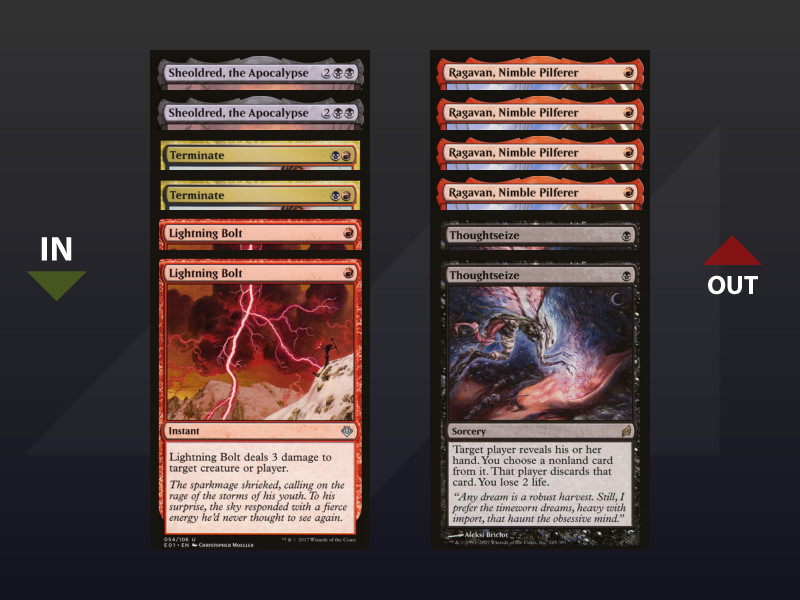
The mirror match unfolds in two distinct phases. The initial phase is about navigating the volatile early game. This is why we incorporate numerous removals to aid us. Even if our opponent plays a double grief on turn 1 and snatches all our removals, our deck has such a high density of answers that we still stand a good chance of holding on. Our opponent faces a similar situation, so not many games progress to the second phase.
The second phase resembles a traditional midrange match-up, climaxing with hard-cast evoke creatures, notably Fury. Once we reach this juncture, cards like Feign Death and Undying Malice gain immense value. Using one of these in a resource-tight game on an evoke creature or a Bowmaster can be game-changing. However, it's not straightforward to resolve it since both players have a plethora of removals.
I sideboard out Ragavans because the trade-off with Bowmaster is too detrimental, making it challenging to recover. Thoughtseize is also an unfavorable draw, both when trying to establish an early board presence and during the endgame topdeck war.
Rhinos

This is likely one of the few match-ups where we side-out Orcish Bowmaster. Except for the late-game presence of Lórien Revealed, the card doesn't contribute much. Its creatures don't effectively counter the Rhinos, and they can be easily ambushed if we encounter a Violent Outburst.
In this match-up, we're the aggressive deck. Over time, our opponent will likely find answers to our Chalice of the Void and Engineered Explosives, establishing board control with their 4/4s. Sheoldred effectively blocks those 4/4s, leading to a board deadlock in our favor. Given the damage we're likely to have inflicted early on, its ticking ability becomes very significant.
Flame of Anor is a clever inclusion on their part. It counters nearly everything and, when paired with Mutavault, can be a game-changer. Our strategy is to avoid reaching this stage of the game and aim for an earlier victory. A turn 3 Flame of Anor targeting a Chalice is very slow, and we can capitalize on this with our early game momentum.
Izzet Murktide
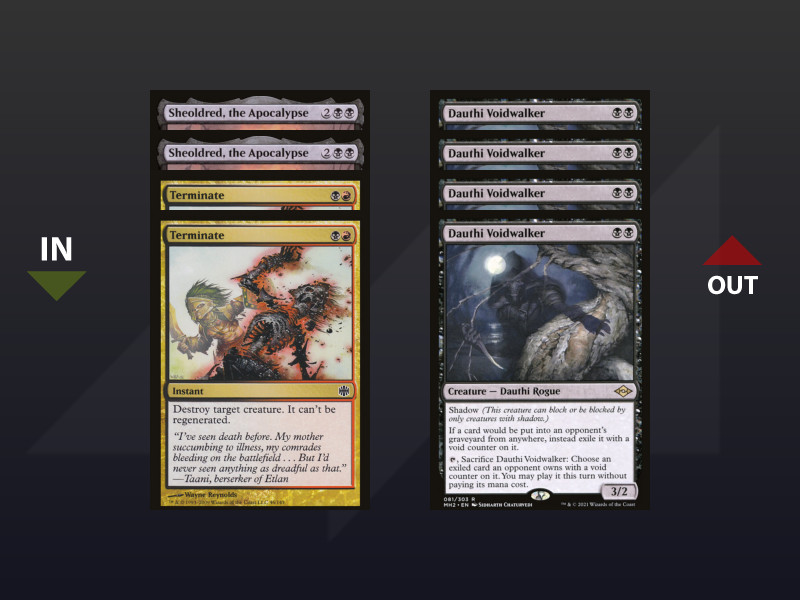
Murktide has become much better with the addition of Preordain. This card has taken the place of Lorien Revealed in most builds. Lorien is better in the very late game but Preordain is more flexible in the midgame and especially when facing Bowmaster. It was very dangerous to try to hardcast Lorien Revealed in face of open mana while Preordain gets less punished and it’s easier to find a turn to curve out and avoid getting ambushed.
Still, we're in a favorable position in this match-up. We have effective responses to all their threats. With their 10-12 cantrips, including Consider, Bauble, and Preordain, they can easily get trapped by a Bowmaster. Their path to victory in this match-up relies on unchecked Murktides and leveraging their card-advantage with Expressive Iterations. This is quite slow which gives us ample opportunity to carry out our various angles of attack.
UB Control
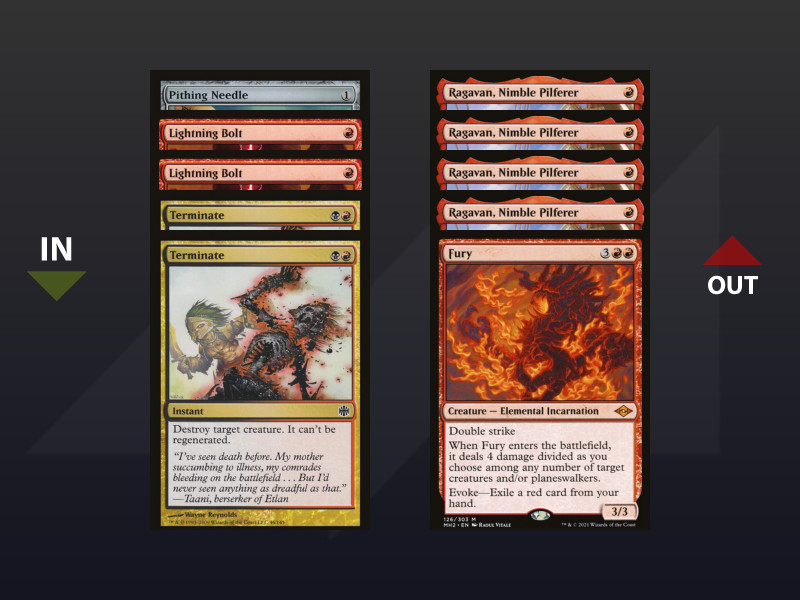
They have the Bowmaster, so we side out Ragavan. Without this obstacle, Ragavan is a strong card, but the trade-off is so severe that we can't risk encountering the Bowmaster.
Lightning Bolt provides the burn potential against The One Ring, as we discussed earlier. Additionally, it effectively handles Bowmasters and Subtlety.
In this match-up, our window of opportunity is brief. They'll eventually dominate the late game with their potent card-drawing engines and high-value creatures. We need to strike a balance between seizing our short window putting as much pressure as possible while avoiding their powerful counters, like Subtlety and Orcish Bowmaster.
One crucial strategy is to be willing to mulligan aggressively to ensure a strong opening hand.
Omnath Control
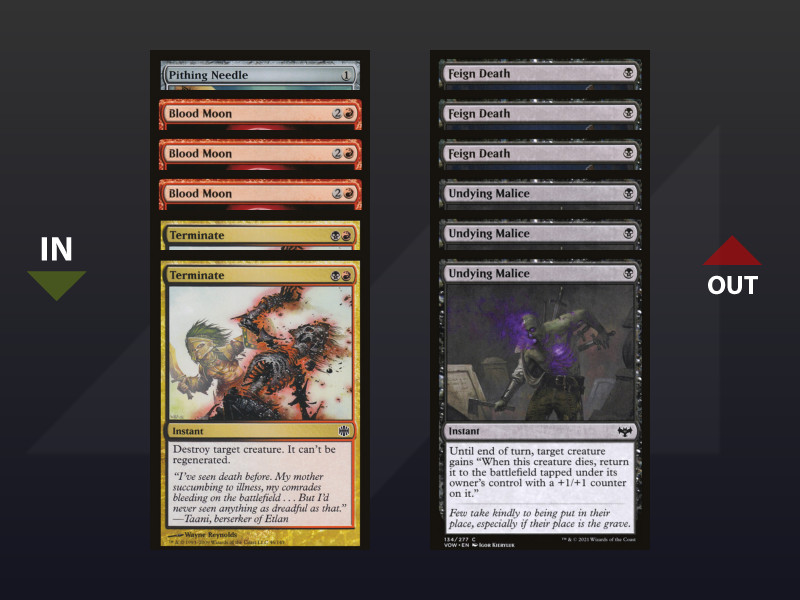
Teferi’s ability makes Feign Death effects so ineffective that if we don't use them in the early game, the card will just end up being useless in our hand. If Teferi’s ability were the only issue, we might consider keeping them.
However, since Teferi also naturally counters evoked creatures revived on turn 1, and they have Solitude in their deck, we're forced to play a game of magic the old fashion with the good old mana.
We bring in Blood Moon because, even though they have answers and basic lands, it still pressures them to respond. They don't always have the tempo to search for basic lands. At times, the early game pressure is so intense that they need to find a Triome to play their Leyline Binding or a red shockland to cast Wrenn and Six on schedule.
Green Tron
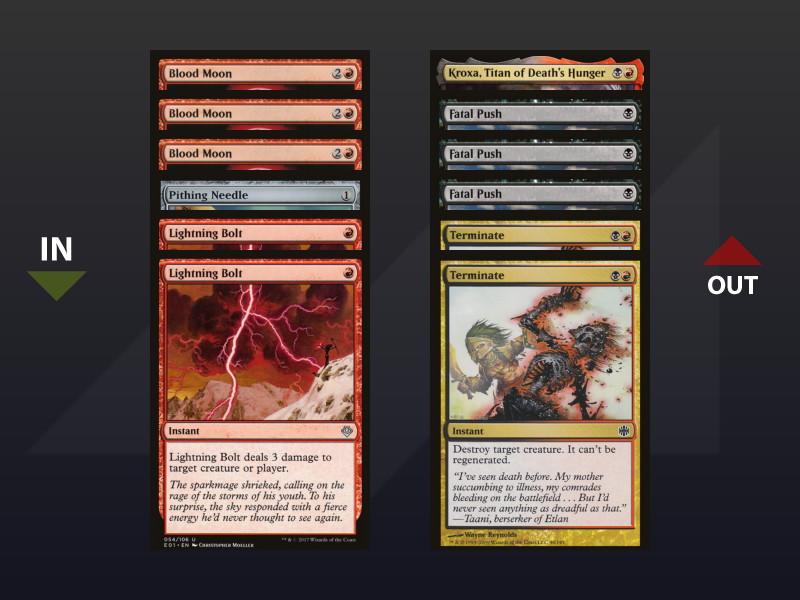
In the Tron match-up, we take on the role of the aggressive deck. However, after sideboarding, they remove their priciest cards and bring in many Karn's silver bullets. This adjustment allows them to play a more midrange style, while also preventing the Dauthi+discard combo from running wild.
Orcish Bowmaster is unexpectedly effective, providing a significant threat against their numerous Chromatic Stars and Spheres. Our main decisions revolve around whether to play an additional creature. On one hand, they have Dismember, so we aim to expand our board as much as possible. On the other hand, they can deploy an Oblivion Stone. The challenge is to maintain enough threats to re-establish board dominance after the stone is cracked, while also applying maximum pressure. Calculating how many turns our current set of creatures will take to finish the game is vital, as adding just one more creature might not improve the clock.
Until next time,
Rémi Fortier


